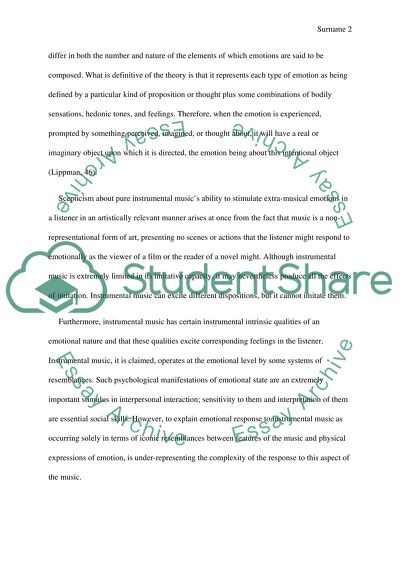Cite this document
(“What does it mean to say of a piece of instrumental music that it has Essay”, n.d.)
Retrieved from https://studentshare.org/philosophy/1494698-what-does-it-mean-to-say-of-a-piece-of
Retrieved from https://studentshare.org/philosophy/1494698-what-does-it-mean-to-say-of-a-piece-of
(What Does It Mean to Say of a Piece of Instrumental Music That It Has Essay)
https://studentshare.org/philosophy/1494698-what-does-it-mean-to-say-of-a-piece-of.
https://studentshare.org/philosophy/1494698-what-does-it-mean-to-say-of-a-piece-of.
“What Does It Mean to Say of a Piece of Instrumental Music That It Has Essay”, n.d. https://studentshare.org/philosophy/1494698-what-does-it-mean-to-say-of-a-piece-of.


